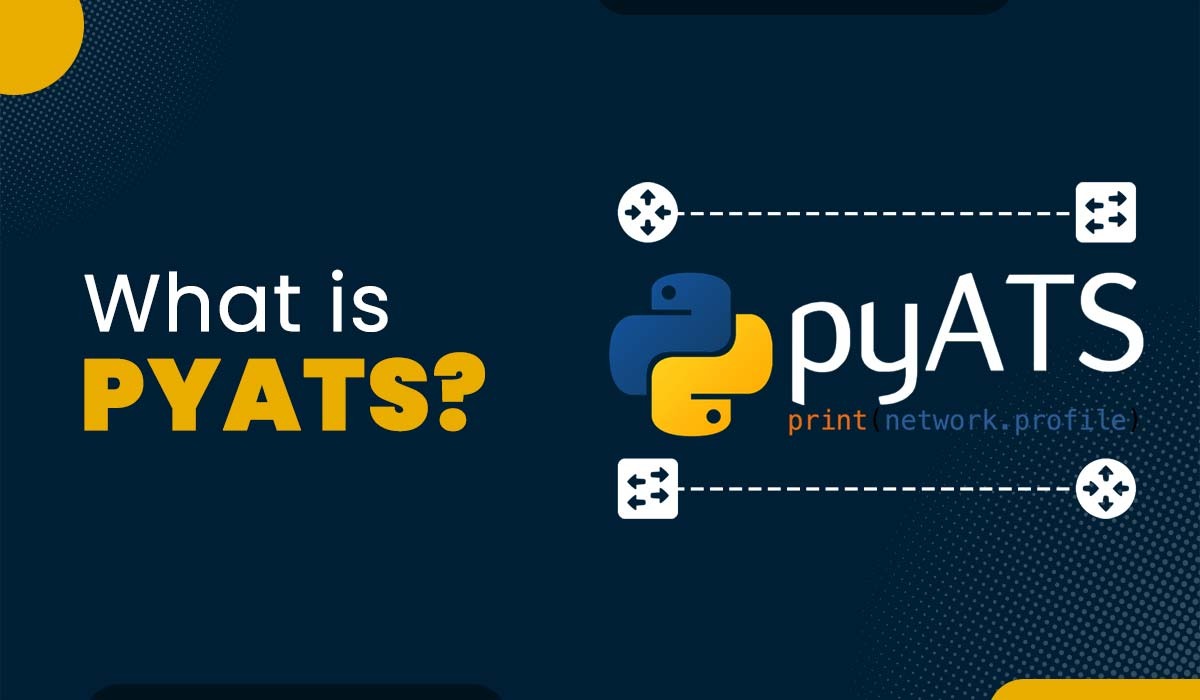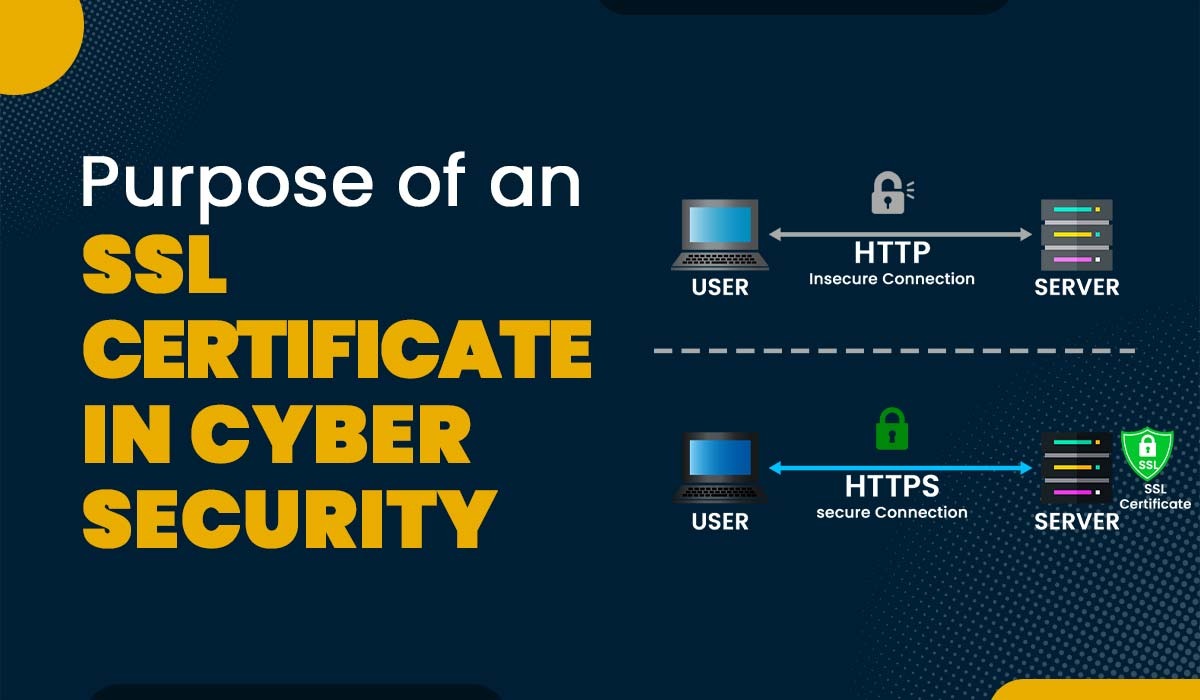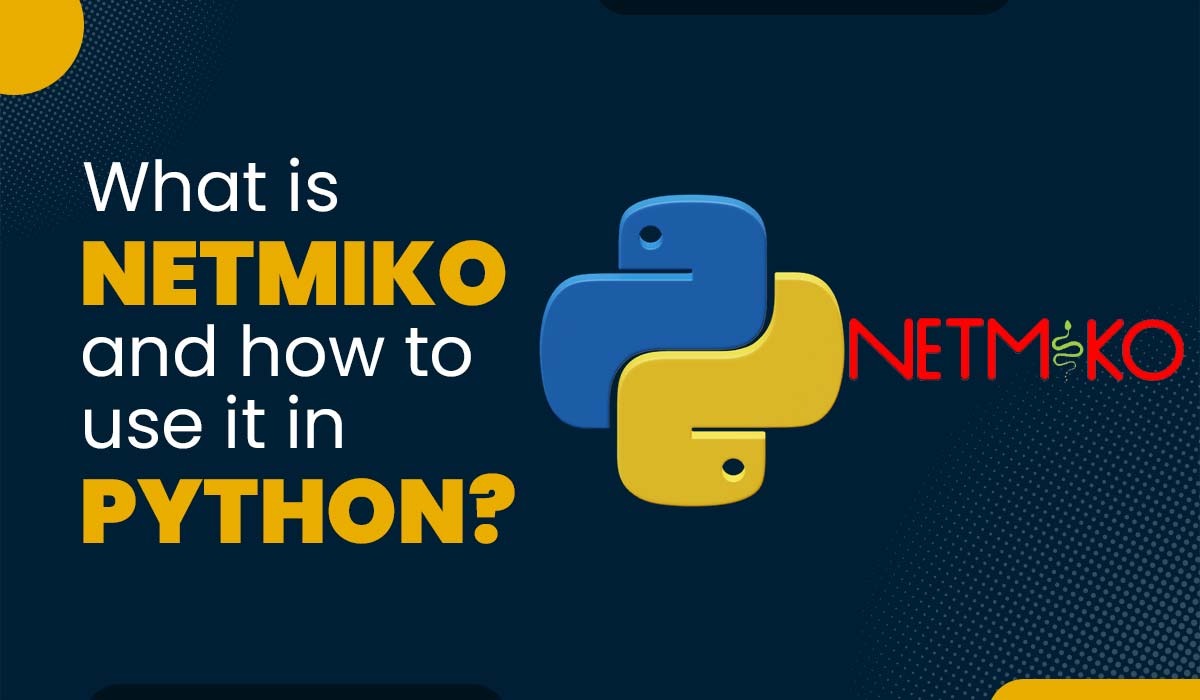What is NFV (Network Function Virtualization)?
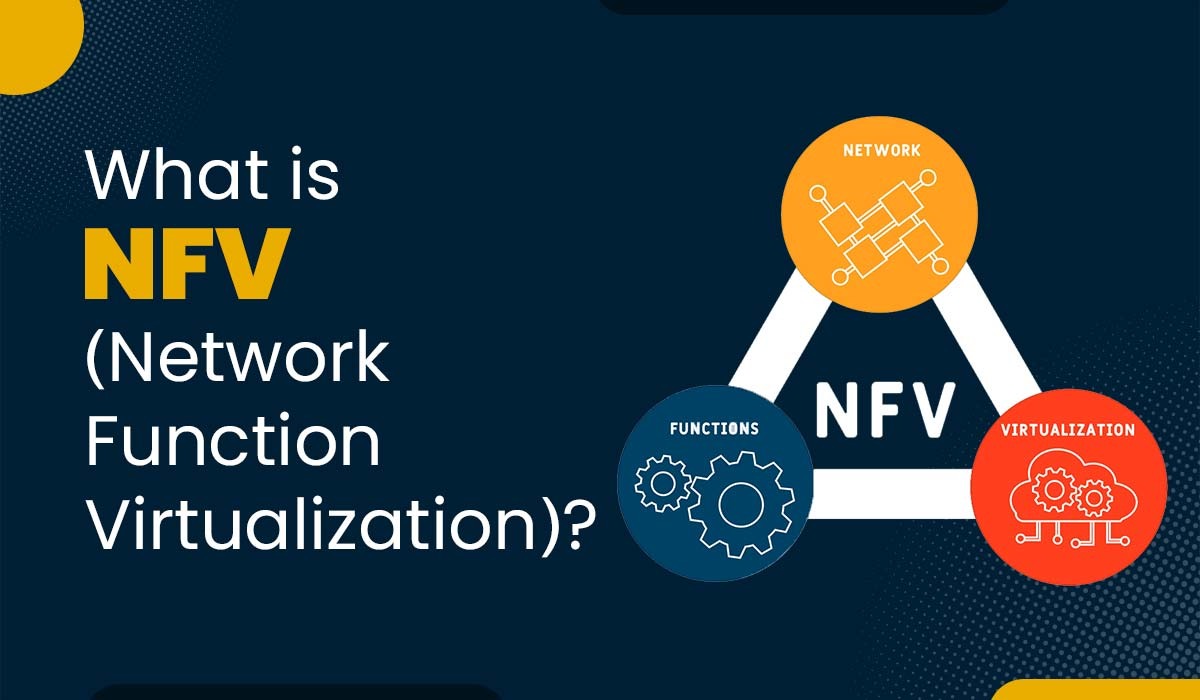
NFV stands for Network Function Virtualization, and it’s a way of running network services, such as routers, firewalls, and load balancers, on virtual machines (VMs) instead of physical hardware. This means one doesn’t need to buy expensive and specialized hardware for each network function. One can just use standard servers and run multiple functions on them. Network Function Virtualization aims to reduce the reliance on proprietary hardware appliances and increase the flexibility and scalability of network services. In this blog, we will explain what NFV is, what its purpose is, what its architecture consists of, and what its benefits are. Let’s begin by first understanding what NFV is. NFV is the process of decoupling of network functions from proprietary hardware appliances and running them as software in virtual machines (VMs). This allows service providers to run their networks on standard servers instead of proprietary ones. The virtual machines use a hypervisor to run networking software and processes such as routing, firewall, and load balancing. These software-based network functions are called virtual network functions (VNFs). Examples of network functions that can be virtualized include routers, firewalls, load balancers, VPNs, DPIs, and more. The purpose of NFV is to improve the efficiency, agility, and innovation of network services. With Network Function Virtualization, service providers can: Now that we have a basic understanding of NFV. Let’s discuss its architecture along with its components. The NFV architecture consists of three main components: the network functions virtualization infrastructure (NFVI), the virtual network functions (VNFs), and the NFV management and network orchestration (NFV-MANO). Below, we have explained each component in detail with an image. The NFVI is the physical layer that provides the compute, storage, and network resources for running VNFs. The NFVI can span across multiple locations, such as data centers, points of presence, or central offices. The NFVI also includes a hypervisor or a container platform that hosts the VNFs. The next component of Network Function Virtualization architecture is the VNF. The VNFs are the software implementations of network functions that run on top of the NFVI. The VNFs can perform various tasks such as routing, firewalling, load balancing, encryption, etc. The VNFs can be chained together to form complex network services. The VNFs can also communicate with each other and with external networks through interfaces. The NFV-MANO is the functional block that manages and orchestrates the NFVI and the VNFs. The NFV-MANO consists of three sub-components: Let’s understand each of these 3 components. The NFVO is responsible for coordinating the deployment and lifecycle management of network services across multiple NFVI domains. The NFVO also handles resource allocation, policy enforcement, fault management, and service catalog management. The VNFM is responsible for managing the lifecycle of individual VNFs. The VNFM handles tasks such as instantiation, configuration, scaling, updating, healing, and termination of VNFs. The VNFM also interacts with the VIM to request resources for VNFs. The VIM is responsible for managing the resources and connectivity of the NFVI. The VIM handles tasks such as provisioning, monitoring, inventory management, and fault management of compute, storage, and network resources. The VIM also interacts with the VNFM to allocate resources for VNFs. Let’s discuss some of the benefits associated with NFV. There are many benefits of using Network Function Virtualization for network operations. Some of them are: Many network enthusiasts get confused about the functioning and basic difference between SDN and NFV. Let’s discuss it! Below, we have explained the basic difference between the two in a tabular form. NFV or Network Function Virtualization is defined as the architecture that “virtualizes” network functions into building blocks that can create as well as deliver communication services. SDN and NFV are both network technologies that aim to increase efficiency and flexibility. SDN separates the control and data planes, while Network Function Virtualization virtualizes network functions on software. VNF stands for virtual network function, which is a software implementation of a network function that can run on any hardware platform. NFV stands for network function virtualization, which is an architecture that guides the management and orchestration of VNFs across different locations. NFV, or network function virtualization, is a framework that uses software and virtual machines to implement network features and services for 5G networks. In this blog post, we have explained what NFV (Network Function Virtualization) is and how it works. We have also discussed its different purposes, benefits, and architecture, along with its components. We have explained the basic difference between the SDN and NFV. Apart from all this, Network Function Virtualization is crucial and paving the way for emerging technologies such as cloud computing, edge computing, 5G, IoT, and more. If you have any questions or comments, feel free to leave them in the comment below. Thanks for reading!Introduction
What is NFV (Network Function Virtualization)?
Purpose of Network Function Virtualization
NFV Architecture
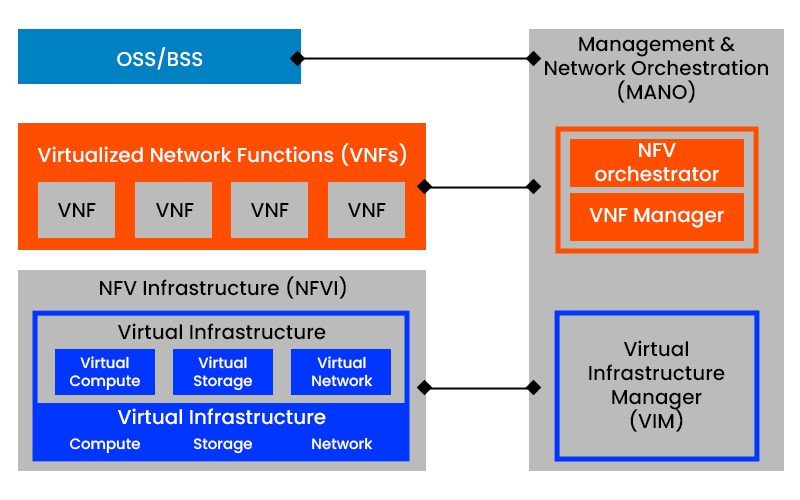
NFVI (Network Functions Virtualization Infrastructure)
VNF (Virtual Network Functions)
MANO (Management and Network Orchestration)
NFVO
VNFM
VIM
Benefits of Network Function Virtualization
Difference Between SDN and NFV
Factors SDN NFV Focus Network architecture Network functions Goal Centralize network control and programmability Virtualize network services and reduce hardware dependency Target Data centers Service providers or operators Protocol OpenFlow No standard protocol yet Benefits Improve network performance, efficiency, and flexibility Reduce network cost, complexity, and time-to-market Applications Networking, Cloud Orchestration Routers, firewalls, Video Servers, etc. Frequently Asked Questions
Q1. What is meant by NFV?
Q2. What is difference between SDN and NFV?
Q3. What is VNF vs NFV?
Q4. What is NFV in 5G?
Conclusion

